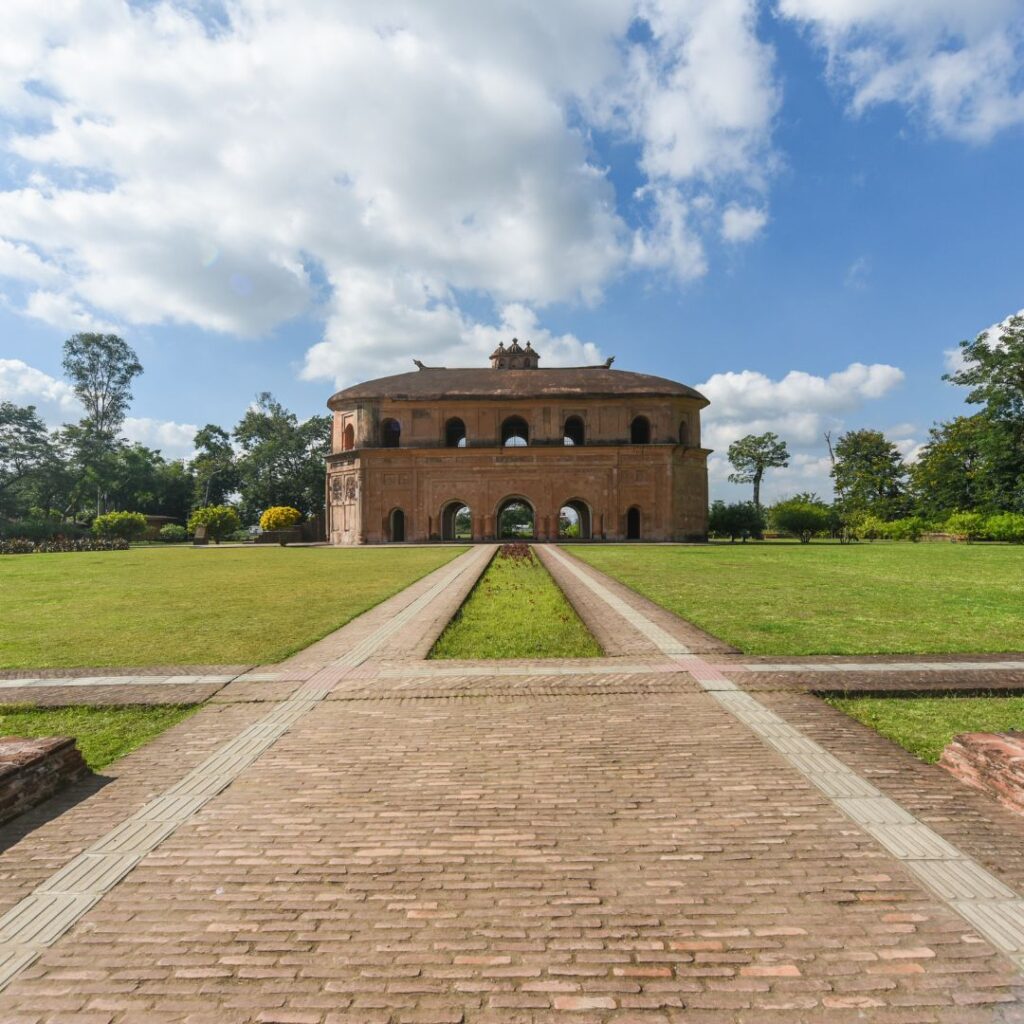How did the Ahom dynasty last for 598 years ?

Introduction:
The history of India is rich with stories of powerful dynasties that have shaped its cultural and political landscape. Among these, the Ahom dynasty stands out for its impressive 598-year rule over Assam, a tenure longer than the famed Mughal, Gupta, and Maurya dynasties. But what were the principles and strategies that enabled the Ahoms to maintain their reign for nearly six centuries? In this blog, we delve into the key elements of the Ahom dynasty’s governance and cultural integration that contributed to their enduring legacy.
1. Inclusive Administration:

The Ahom dynasty was characterized by an inclusive and balanced administrative structure. The king, while holding ultimate authority, was subject to the oversight of the council of five Patra Mantris, with one being the Rajmantri. This council ensured the king fulfilled his duties, while ministers (Mantris) kept a check on his actions. The Dangarias, including the Burhagohain, Borgohain, and Borpatrogohain, played pivotal roles in aiding the king’s administration. Additionally, various officials like the Rajkhowas, Katakis, Kakatis, and Dolais oversaw different aspects of governance, from local disputes to astrological guidance.
2. Cultural Assimilation and Respect:
Remarkably, the Ahoms embraced the local culture, language, and religion of the regions they conquered. This acceptance and assimilation manifested in the gradual blending and eventual replacement of the original Tai culture with Hindu culture, language, and practices. The Ahom kings themselves embraced Hinduism, particularly Shaivism and the Shakti cult, contributing to the rich tapestry of Indian culture through the construction of numerous temples in Upper Assam.

3. Harmony Between Cultures:
A key to the dynasty’s stability was the encouragement of intercultural marriages and the selective adaptation of cultural traits. This approach not only fostered harmony between different cultures but also strengthened the social fabric of the kingdom.
4. Decentralization and Local Governance:
As the Ahom kingdom expanded, a system of decentralized local administration was implemented. Local lineages, recognized by the king, replaced clans and were given significant powers, ensuring the stability of the traditional social structure within the ever-expanding territory.

Conclusion:
The Ahom dynasty’s remarkable tenure can be attributed to their inclusive administration, cultural assimilation, respect for diverse practices, and effective local governance. These principles not only ensured their prolonged reign but also left a lasting impact on the cultural and social landscape of Assam. The legacy of the Ahoms is a testament to the power of tolerance, adaptation, and astute governance in building a lasting dynasty.



